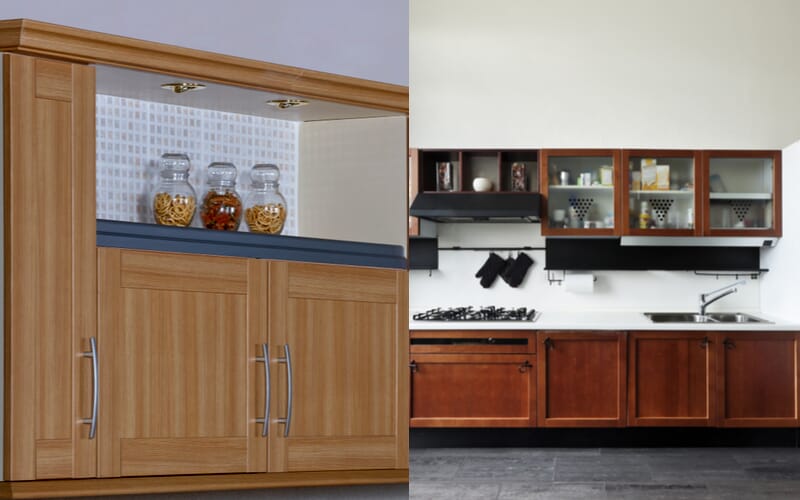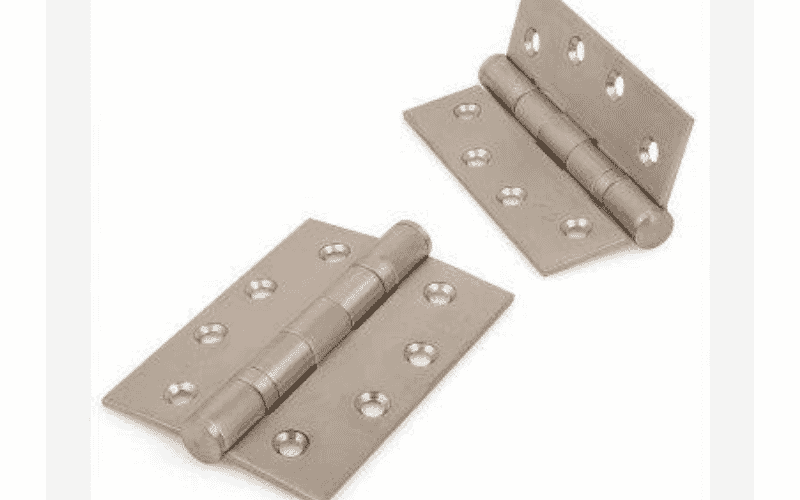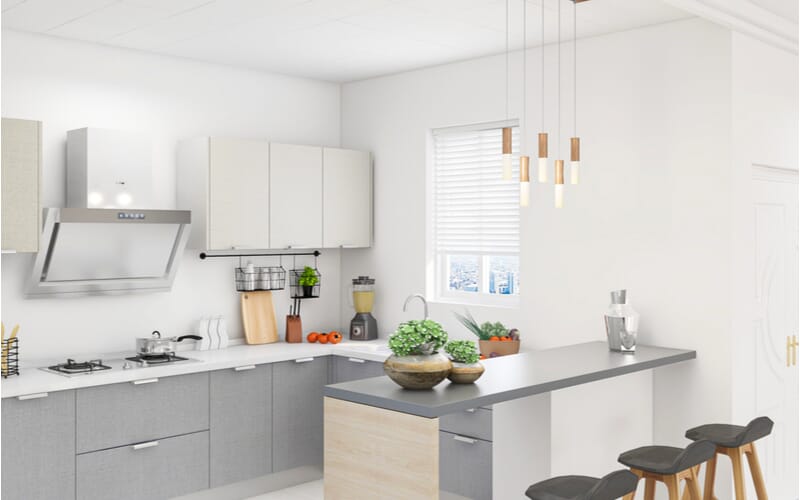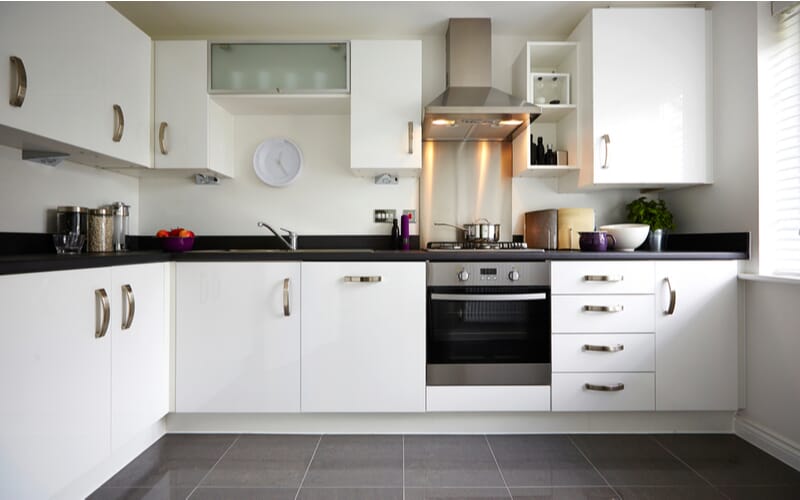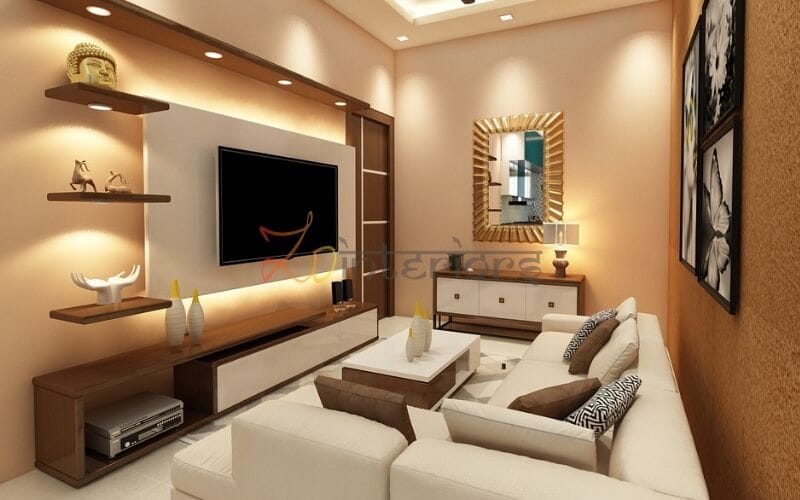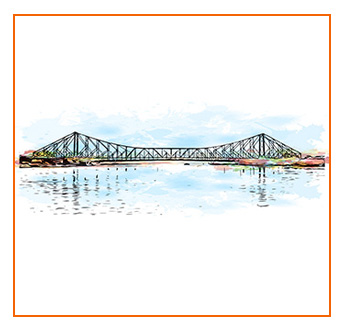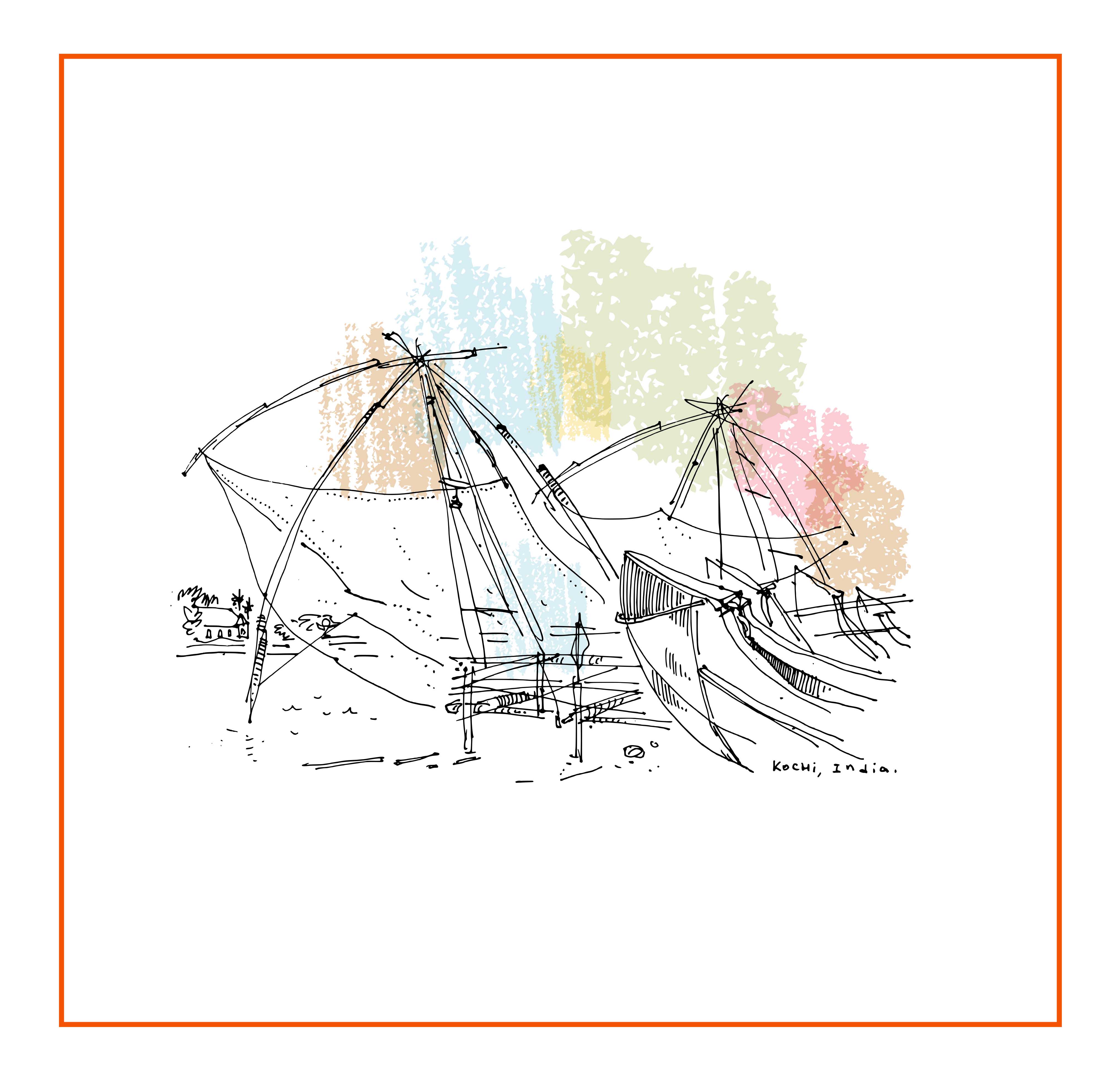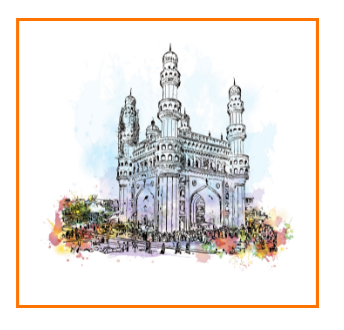Table of Contents
Kitchen Cabinet Material
Kitchen spaces are important as this is where everyone’s sustenance in the home is created. After the stove and the countertops, the next important thing to focus on is the kitchen cabinet. The material chosen for cabinets should be such that it can handle the high-heat and volatile environment of a kitchen. Following are some of the materials that can are recommended to create a Kitchen Cabinet.
1. Solid wood
By far, the most common material used for cabinets is wood. It is a resource that is non-toxic and sustainable. Hardwoods such as teak and Sheesham (Indian rosewood) are traditional kitchen cabinet materials in India, and several styles top the list. With your choice of colour, you can then stain and varnish the surface or paint it. A wide variety of grains, colours and textures of wood are available. Natural variance is added to its distinctive appeal throughout the content itself. It adapts to both traditional and modern styles of design very well. It is not a hefty job to clean polished wood. Ignore the use of strongly acidic solutions, such as industrial cleaners.Cherry wood is a domestic hardwood which comes in detailed grain pattern and dark rich colour. Right now it is a trending material for those wanting a sleek, rich warm kitchen atmosphere. Other available kinds of hardwood include birch, beech, oak, spruce, and pine. While hardwood cabinets appear to be the most durable of the materials for cabinet construction, they also come at a heavy cost. Warps and dents were seen in bad-quality timber boards, so care must be taken to purchase the correct wood. The centre and surface of the wood can be affected by changes in humidity levels, and regular polishing is needed to preserve its straight and smooth texture.
2. Laminates
Laminates are favoured because solid wood is vulnerable to damage and infestation. Laminates are thin sheets sandwiched together and include plastic resin layers, paper with a printed layer with various patterns or designs, and a durable plastic film overlay. Composite materials such as plywood, particleboard and MDF (Medium-density fibreboard) are used as substrates to mount such surfaces. On these boards, a decorative film or sheet is pasted. These substrates are cheaper (as laminate) and tougher than solid wood. Laminates are thin sheets of plastic resin layers sandwiched together primarily made of multiple layers of kraft paper topped with a printed layer of various patterns or designs, and a tough plastic film overlay. Pick a laminate for your kitchens from the HPLC (high-pressure laminates) because they are more durable, moisture-resistant and robust than the LPLs (low-pressure laminates). You have a lot of options available – from matt to high-gloss, and unicore (where every sheet of paper in the laminate has the same pattern and colour, so there’s no wearing away) to digital (with advanced, even personalized, surface printing). Several brands, including Merino Laminates, Century Laminates, Royale Touche and Greenlam Laminates, offer a plethora of styles and finishes, among many others. The edges of laminates appear to peel off if not mounted correctly. Since laminates are made of high pressure compressed plastic-based resins and paper, they are a non-renewable material. It is understood that certain types emit poisonous gases into the air.
3. Wood veneers
Veneers, much like laminates, are slices or sheets of solid wood that are pasted on a composite substrate. To achieve the desired colour and texture, these sheets are then painted and polished. Truthfully, veneers reflect the refined grains and elegance of natural wood. Many brands all over India, such as CenturyPly, ArchidPly, GreenPly and AlishanPly, sell good-quality veneers. Compared to wood, wood veneers are sustainable and economical, since only thin solid wood slices are used to cover wide surface areas. A theoretically hard-edged kitchen look can be made softer by veneers. To hit matte, semi-gloss and high-gloss finishes, veneers may be processed. When exposed to natural light, veneers appear to deteriorate over time. After some time, the sheets need polishing, much like wood. If the sheet is not polished correctly, you can see stains due to water. The veneers are not scratch-proof.
4. PVC
Composite plastic sheets that offer a tough finish are poly-vinyl chloride sheets. They can also be fitted without a substrate. This material for kitchen cabinets is inexpensive and simple to install. Being waterproof and oil-proof, it makes the kitchen cabinetry a wise choice. Normally, PVC sheets are available in lighter colours. Faux wooden grains and mouldings are also sold by some brands. This product is termite-resistant, anticorrosive and easy to maintain. PVC sheets are easy to source and substitute, much like laminates. In contrast to laminates and wood-based items, PVC is an inexpensive and sound alternative. These sheets are not fire-resistant with age, and they turn yellow with time. For hinges, handles and tracks, the only hardware that is compatible with plastic can be used. Over time, those plastics soften, so the joints loosen.
5. Plywood
Plywood is another type of solid wood; a glued and laminated wood that is overlaid with a hardwood veneer. It’s important to remember, however, that there are numerous grades of plywood. Plywood for Grade A is a little cheaper than AA, and it will be less costly for grades B, C, D, and E. A lower-quality appearance would each have the four lowest grades.
There is also a shop grade, which is the least expensive and lowest quality alternative, or economic plywood. But a successful cabinet maker can typically work around their defects. Grade AA plywood is considered the premium level of all the options and would be the most costly of all the grades. Because it is a relatively low-cost material and said to have higher moisture resistance and greater stability than MDF, many manufacturers are gravitating toward making plywood cabinets. Like a sandwich, every board that makes up plywood cabinetry is stacked, with thin wood piles glued on top of each other. For added protection, an exposed plastic laminate, wood veneer or thermofoil coats the exterior.
6. Stainless Steel or Aluminium
Kitchen cabinets made of metal are very sturdy and durable. However, this is a costly alternative. It is possible to use steel or aluminium over wood-based cabinets as doors. To lighten the look, I would suggest you team this eclectic material with glass. Metal sheets are available in various finishes: polished, etched and patterned, although plain ones are the most common. Metals are known for a striking appearance. The treated metal is durable, stain-resistant and rust-resistant. Heat and moisture are unaffected by metal doors. These sheets are easy to scrub and clean, so the spice- and frying-induced grime accumulated in our kitchens do not affect them. Metals can be found in a small range of colours. When the top shiny coat oxidizes or rusts, you might need to repolish it. Metal surfaces very clearly show oil smudges and fingerprints, so the duster has a lot more deployment. The propensity to dent and scratch often extends to these boards. Their doors and drawers are last but not least, noisier than those of other brands.
7. Medium Density Fiberboard
Source: Pixabay
MDF is a high-grade composite material constructed from wood fibres and resin that are recycled. Under high pressure, it is CNC-milled, mostly in one-piece frames with the middle cut out for the recessed column. The dense and heavy commodity is almost synonymous with IKEA cabinetry, as the Scandinavian business has been cornering the world’s supply for its numerous kitchen collections over the years because of its resistance to cracking and peeling. MDF attracts buyers, which means it’s super easy to paint over. Plus, they are much smoother than plywood. A more cost-effective cabinet material, Fiberboard has acquired a reputation among customers known for its use in IKEA and big-box-store furniture and cabinets. It is made from high pressure recycled fibres, resin and wax pressed together. It provides good strength and has a smooth surface, which makes it suitable for painting. Fiberboard, however, is also not as strong as plywood and hardwood, and it is susceptible to moisture damage.
During cutting and usage, MDF shows no signs of knots or rings, making it more uniform than natural wood. A typical MDF has a smooth flat, hard surface. It’s also a material that can be glued, laminated or dowelled. As an additional advantage, MDF is less costly than most natural forests.

